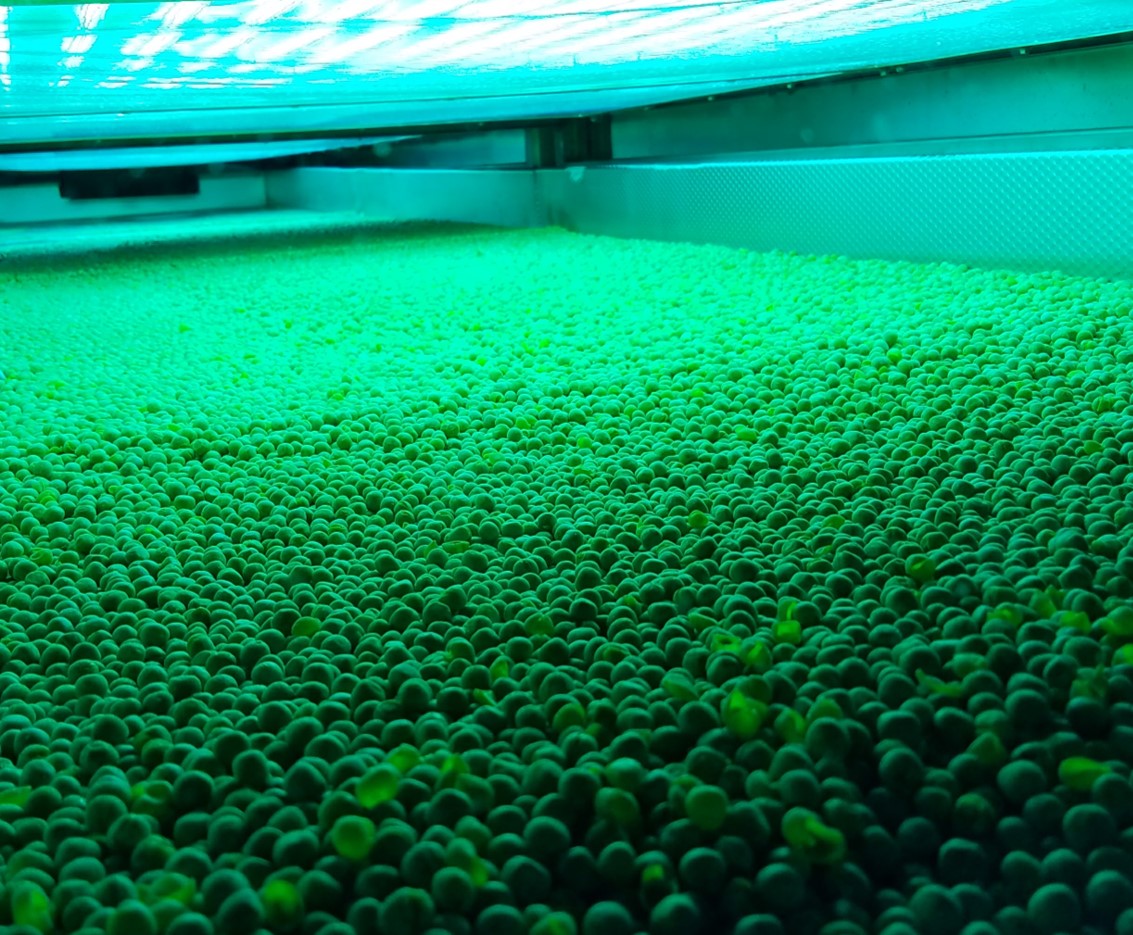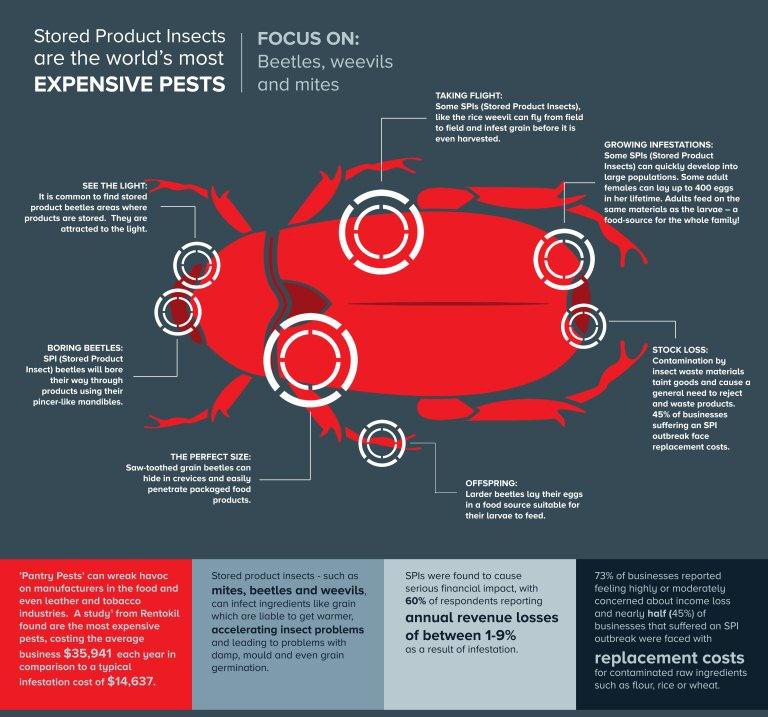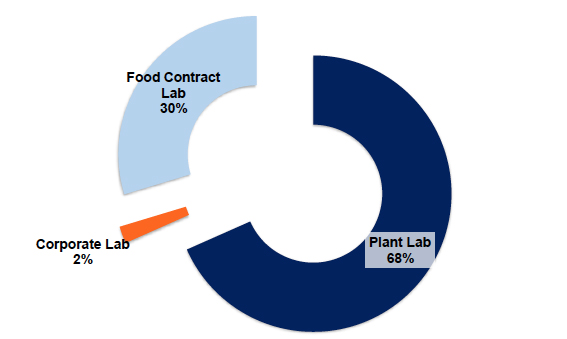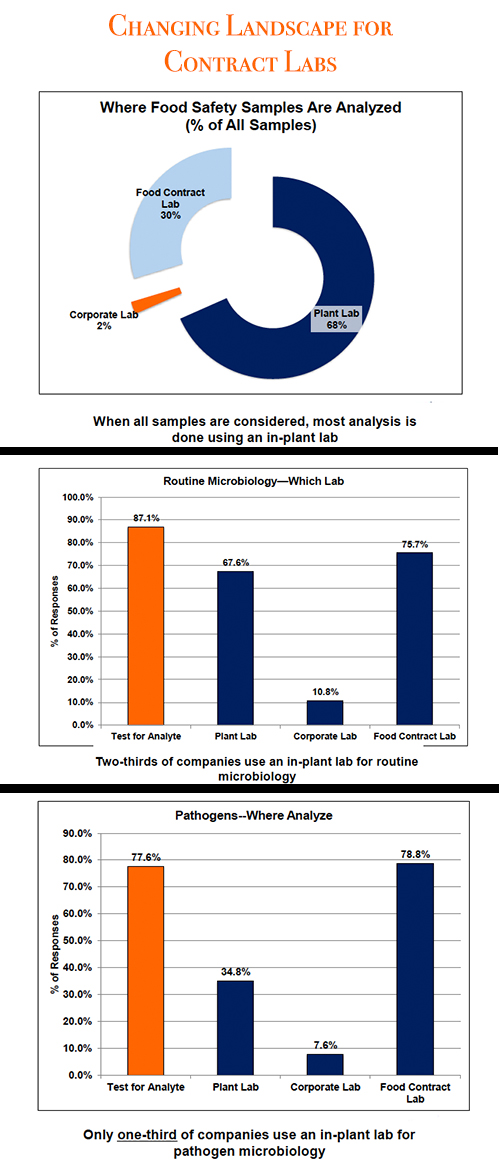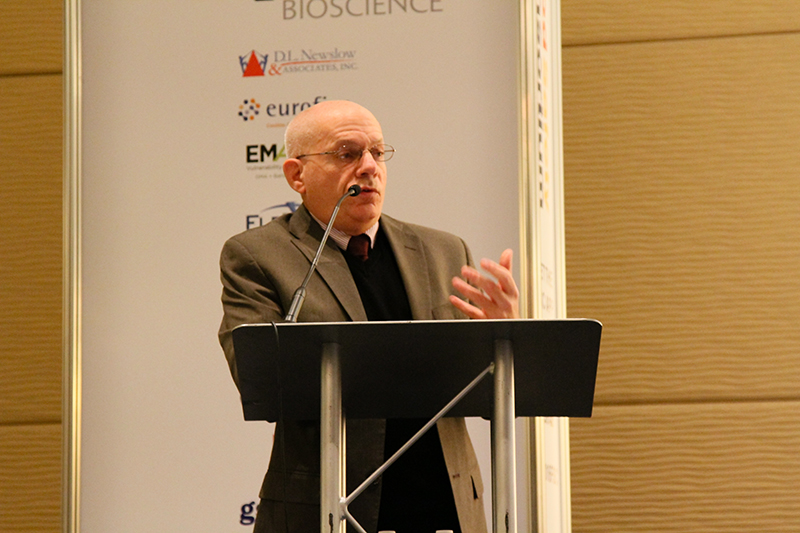
As the enforcement of rules, regulations and inspections get underway at food production facilities, we are faced with maintaining production rates while looking for infinitesimal pathogens and cleaning to non-detectible levels. This clearly sets demand on the plant for new and creative methods to control and mitigate pathogens pre-production, during production and post production.
As this occurs, the term clean takes on new meaning: What is clean, and how clean is clean? Swab and plate counts are now critically important. What method is used at the plant, who is testing, what sampling procedure is used, and how do we use the results? As we look at the process from start to finish, we must keep several key questions in mind: What are harboring points in the process, and what are the touch-point considerations to the product? Let’s review the overall processing progression through the factory (see Figure 1).

Now consider micro pathogen contamination to the product, as we look deeper in the process for contamination or critical control points as used in successful HACCP plans. Consider contamination and how it may travel or contact food product. It is understood through study and research of both pathogens and plant operations that contamination may be introduced to the plant by the front door, back door, pallet, product, or by a person. In many cases, each of these considerations leads to uncontrolled environments that create uncontrolled measurements throughout, which lead to cleaning procedures based on time rather than science. This is certainly not to say that creating a preventive maintenance schedule based on a calendar is a bad thing. Rather, the message is to consider a deeper look at the pathogens and how they live and replicate. From the regulatory and control measures this should be a clear message of what food-to-pathogen considerations should be taken at the plant level as well as measurement methods and acceptable levels (which is not an easy answer, as each product and environment can change this answer). A good example to consider is public schools and children. Health organizations work to help the schooling system understand what immunizations children should have based on the current health risk tolerance levels. In food production, the consideration is similar in an everchanging environment. As we see contamination levels change the methods, techniques and solutions to proper food production must account for the pathogens of concern.
Contamination, Risk tolerance, Opportunity for Growth
Contamination, risk tolerance, and opportunity for growth are the considerations when looking at a plant design or a plant modification. Modification to modernization should be a top-of-mind critical quality control measure. If there are a few things we know, it is how to produce food at high rates of speed, measure and value production rates, and delays or failures can be measured by equipment and personnel performance. In the case of quality control, we must review, comprehend, and protect process risk. From a management or non-technical viewpoint, quality control can be very difficult to understand. When discussing pathogens, our concerns are not visible to the human eye—we are beyond a dirty surface, weare looking at risk tolerance based on pathogen growth in logarithmic measurement. When combining quality control and production, the measurement control and mitigation measures complement the effort. The use of quality control is expected and should coordinate with production to ensure the product is produced at the expected quality level.

